Discover a wildflower bloom in Anza Borrego — and a Bridge to Nowhere
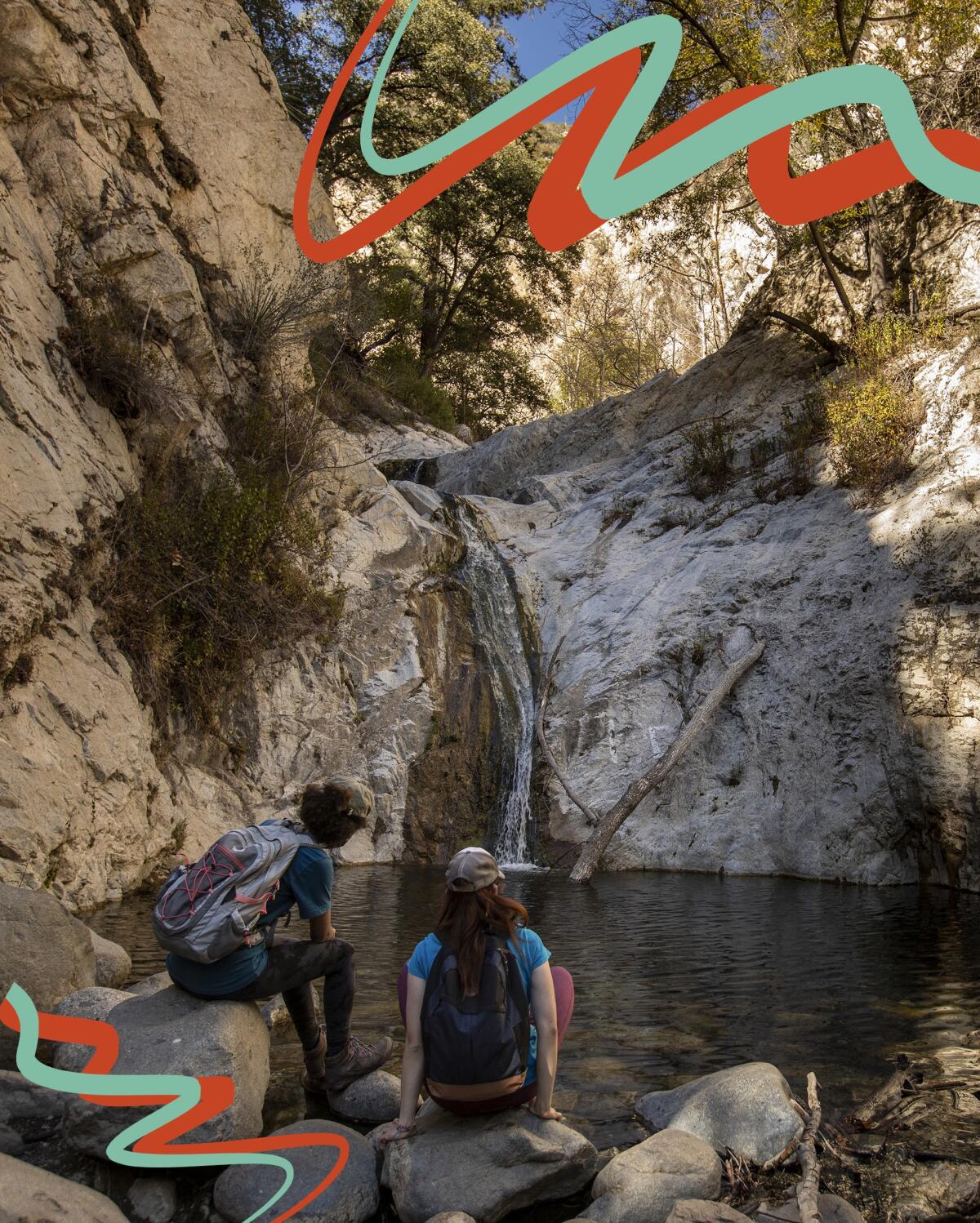
- Share via
By Rachel Schnalzer
Design and illustrations by Jade Cuevas
Good morning, adventurers. This week, movie theaters, gyms and many other previously off-limits locales reopened in Los Angeles. For businesses, it’s cause for celebration, but as L.A. County Public Health Director Barbara Ferrer says, the reopenings do not mean “these activities are 100% safe and without risk.”
That’s why you’ll continue to see outdoor destinations in Escapes for the time being. And, as always, let me know if you’ve discovered a low-risk destination you’d like to share with fellow readers.
Get inspired to get away.
Explore California, the West and beyond with the weekly Escapes newsletter.
You may occasionally receive promotional content from the Los Angeles Times.
⛰️ Take a hike — 50 of them, to be exact
Attention hardcore backpackers, day hikers and fans of outdoors selfies: The Times recently launched the ultimate guide to hiking in L.A., spearheaded by assistant travel editors Mary Forgione and Anne Harnagel.
The guide is stocked with dozens of fresh ideas for hikes as well as an important examination of hiking’s diversity problem, tips for upgrading your hiking wardrobe and spot-on illustrations of the “trail types” you’re likely to see on a hike in L.A.
Over the coming weeks, I’ll include stories from the guide in Escapes, so keep an eye out. (You can also buy the print special section of the guide!)
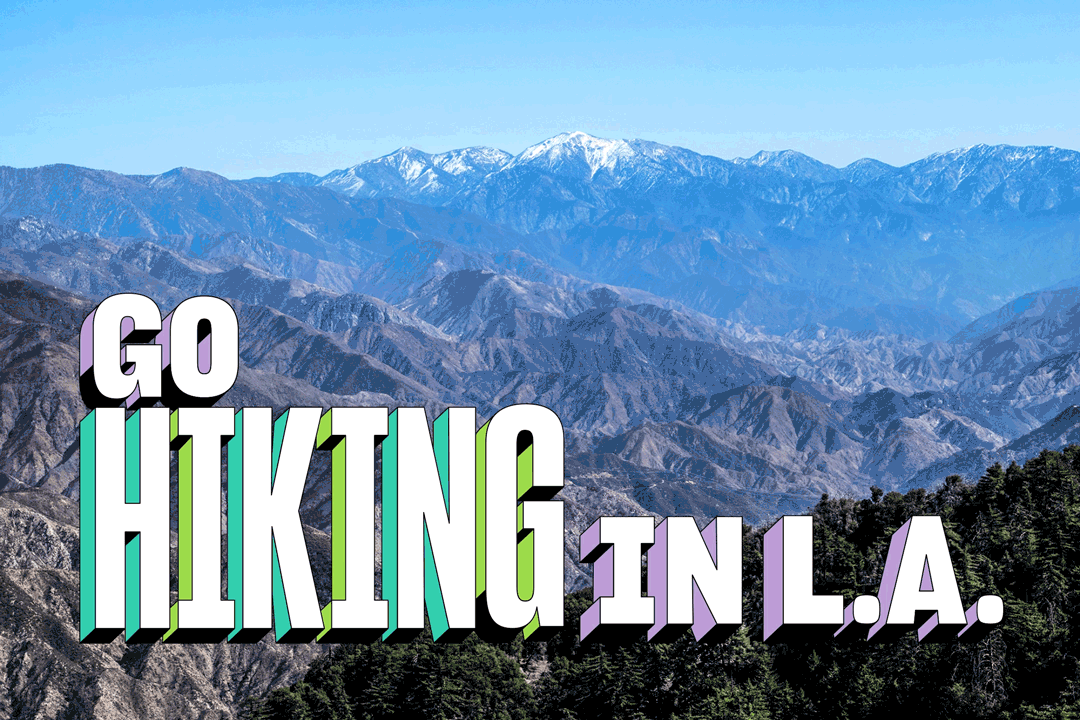
👣 Discover the Bridge to Nowhere
There’s a two-lane concrete bridge tucked into the San Gabriel Mountains. As the name suggests, it doesn’t go anywhere — just straight into a mountain alongside the San Gabriel River.
Times travel writer Christopher Reynolds took a deep dive into the bridge’s history as well as its current challenges, as part of The Times’ guide to hiking in L.A.
Why does the bridge lead into the face of a mountain instead of connect to a road? Reynolds explains that the builders had planned to create a quicker route from the San Gabriel Valley to Wrightwood but abandoned the project in 1938. Now, evidence of the construction lies five miles from the closest paved road.
If you go, you must have a Forest Service Adventure Pass ($5 per day or $30 per year), which you can purchase at convenience stores, gas stations and government outlets near trailheads. And because more people are discovering the bridge, aim to hike on a weekday to avoid the crowds.
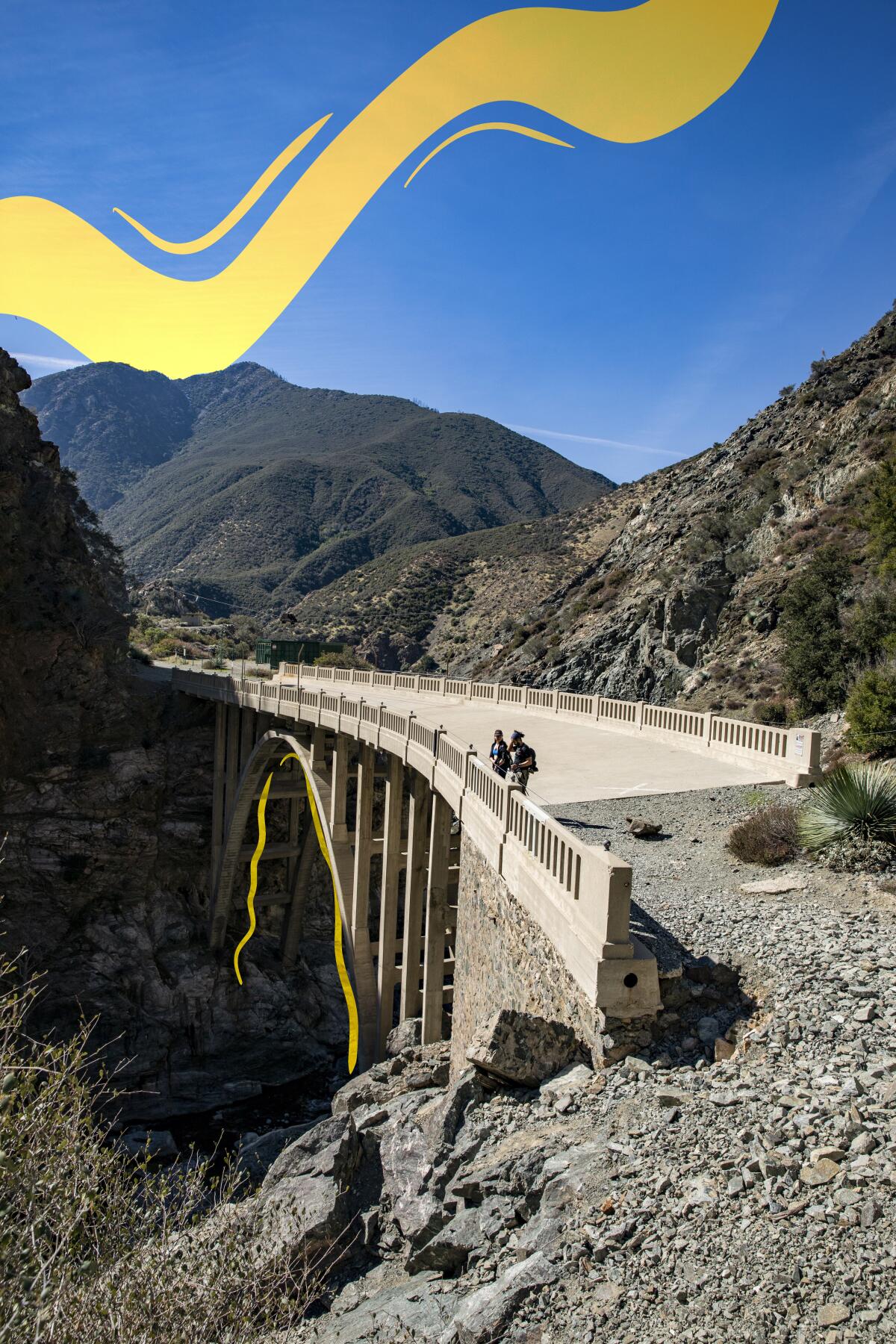
🏘️ Learn about Santa Monica’s Black history on this walking tour
Santa Monica’s vibrant Black neighborhoods were nearly erased by racist policies over the course of the 20th century, Times features writer Jeanette Marantos reports. “Growing up here was just a joy. Everybody knew everybody,” said Cristyne Lawson, 85, who lives near the house where she grew up in the Ocean Park area.
Black residents were largely discouraged from opening businesses that catered to Black clientele in Santa Monica, historian Alison Rose Jefferson told Marantos. Schools didn’t employ Black teachers until the mid-1950s, and white teachers were allowed to use racist texts in the classroom, she said.
Though many Santa Monica buildings where Black residents once lived and worked have been destroyed, a few landmarks remain, such as the Phillips Chapel Christian Methodist Episcopal Church and the Murrell Building.
At the end of Marantos’ story, you’ll find a two-mile round-trip walk focused on the city’s Black history.
Enjoying this newsletter? Consider subscribing to the Los Angeles Times
Your support helps us deliver the news that matters most. Become a subscriber.
🌼 Wildflowers are coming to Anza-Borrego
There won’t be a “super bloom” in Anza-Borrego Desert State Park this spring, but a late-season wildflower burst is coming, staffer Pam Kragen writes in the San Diego Union-Tribune.
Kragen says that an early March rainstorm has some hoping for a late-season bloom in April. Betsy Knaak, executive director of the Anza-Borrego Desert Natural History Assn., said wildflower seekers will have the most luck if they visit shady areas such as Box Canyon, Rainbow Canyon and Hornblende Canyon.
“Right now, people are reporting patches here and there,” Knaak said. “Not big fields or anything, but people who are into botany are finding them.”
If you go, expect to pay a $10 day-use fee for entry to the state park. Visitors are asked to stay in single-household groups to prevent the spread of coronavirus.
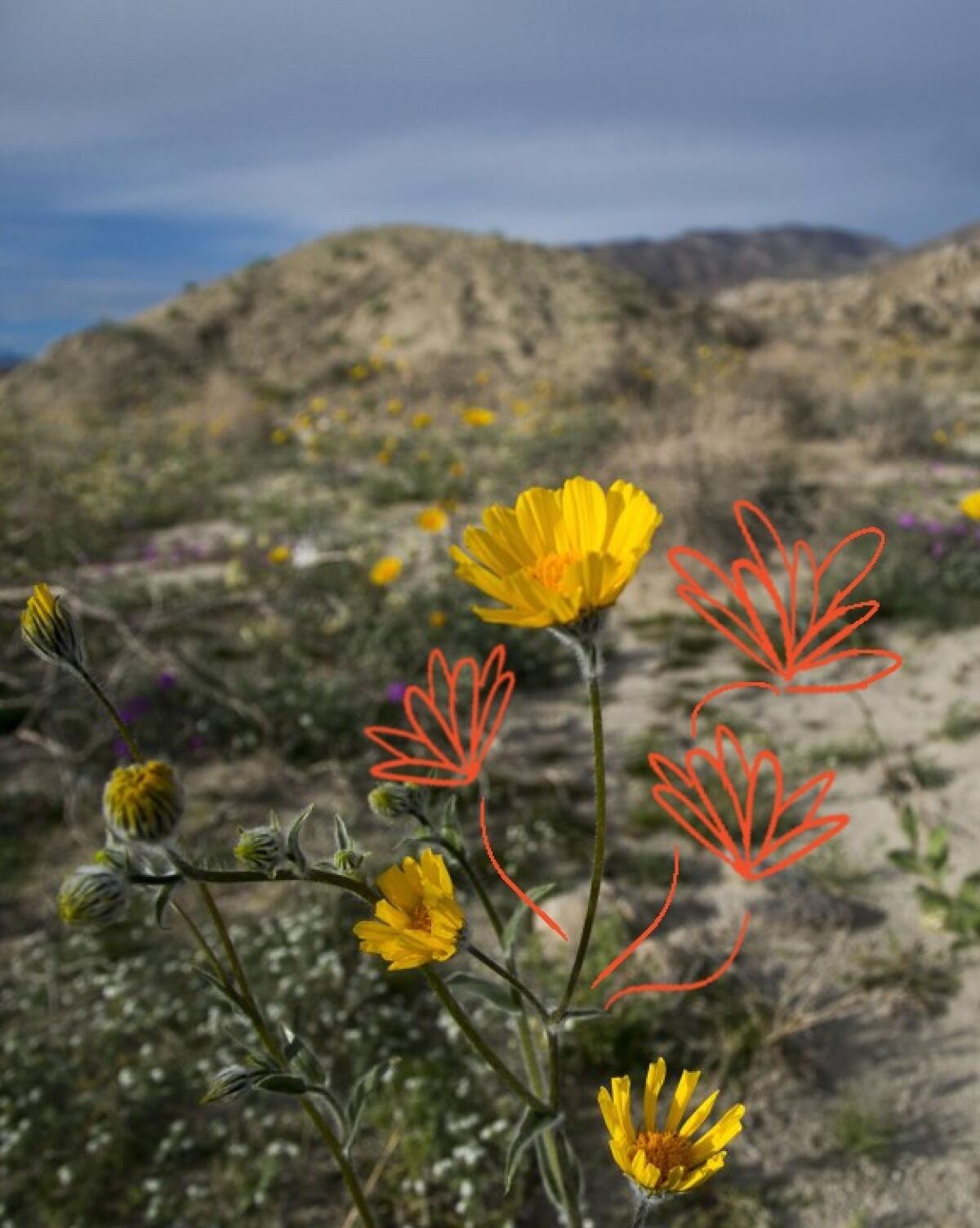
📰 What I’m reading
- Do you need a COVID-19 test to get on a plane? What about a vaccine card? Times contributor and former travel editor Catharine Hamm explains what you need to know about air travel.
- Speaking of plane rides, how do flight attendants enforce mask rules? Times contributor Elliott Hester provides an inside look at how flight attendants handle noncompliant travelers.
- #Vanlife can be tough on the environment. Lauren Matison breaks down how you can make your travels a little greener in Outside Online.
- Turns out, the Grand Canyon’s caves are full of sloth dung and mummified bats, Shaena Montanari reports in Atlas Obscura.
- “Climbing Everest prepared me for a pandemic,” guide Charlotte Austin writes in Backpacker. She describes what the trek of a lifetime taught her about staying home.
- The COVID-19 pandemic upended the lives of many in the tourism industry. New York Times reporter Ceylan Yeginsu spoke with six travel workers to hear about their experiences over the last year.
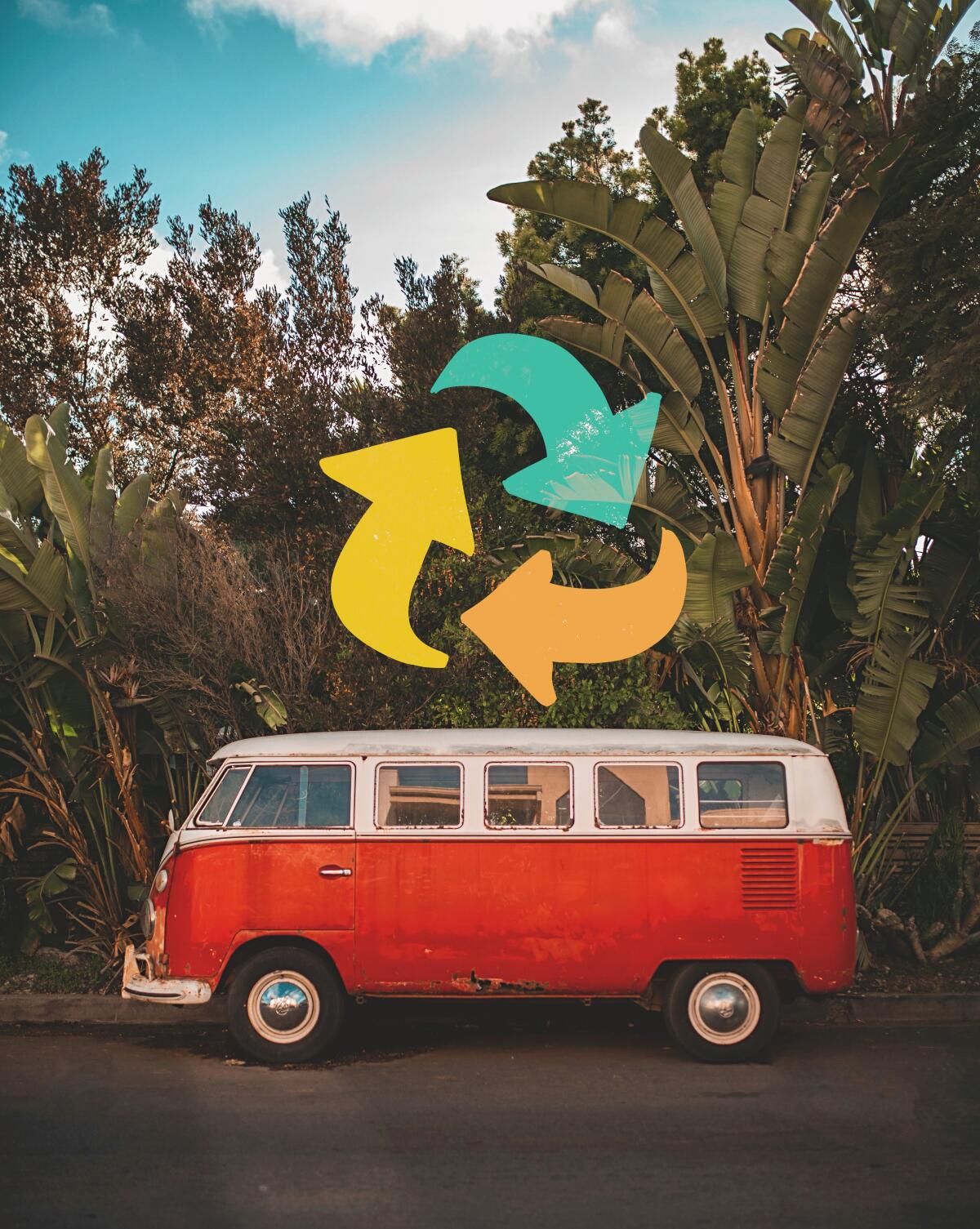
💻 Can’t adventure IRL? Here’s one way to expand your horizons
Earlier this year, reader Marty Goodman emailed me to share a few of his favorite destinations in the world, such as Iguazú Falls on the border of Brazil and Argentina.
Turns out, you can get a taste of the falls with AirPano, a virtual reality project that showcases aerial 360-degree photographs and video. Take a look.
Once you’re finished staring into the abyss of Iguazú Falls, you can explore other aerial views around the world. I particularly enjoyed views of the Chara Sands in Russia and São Miguel Island in Portugal.
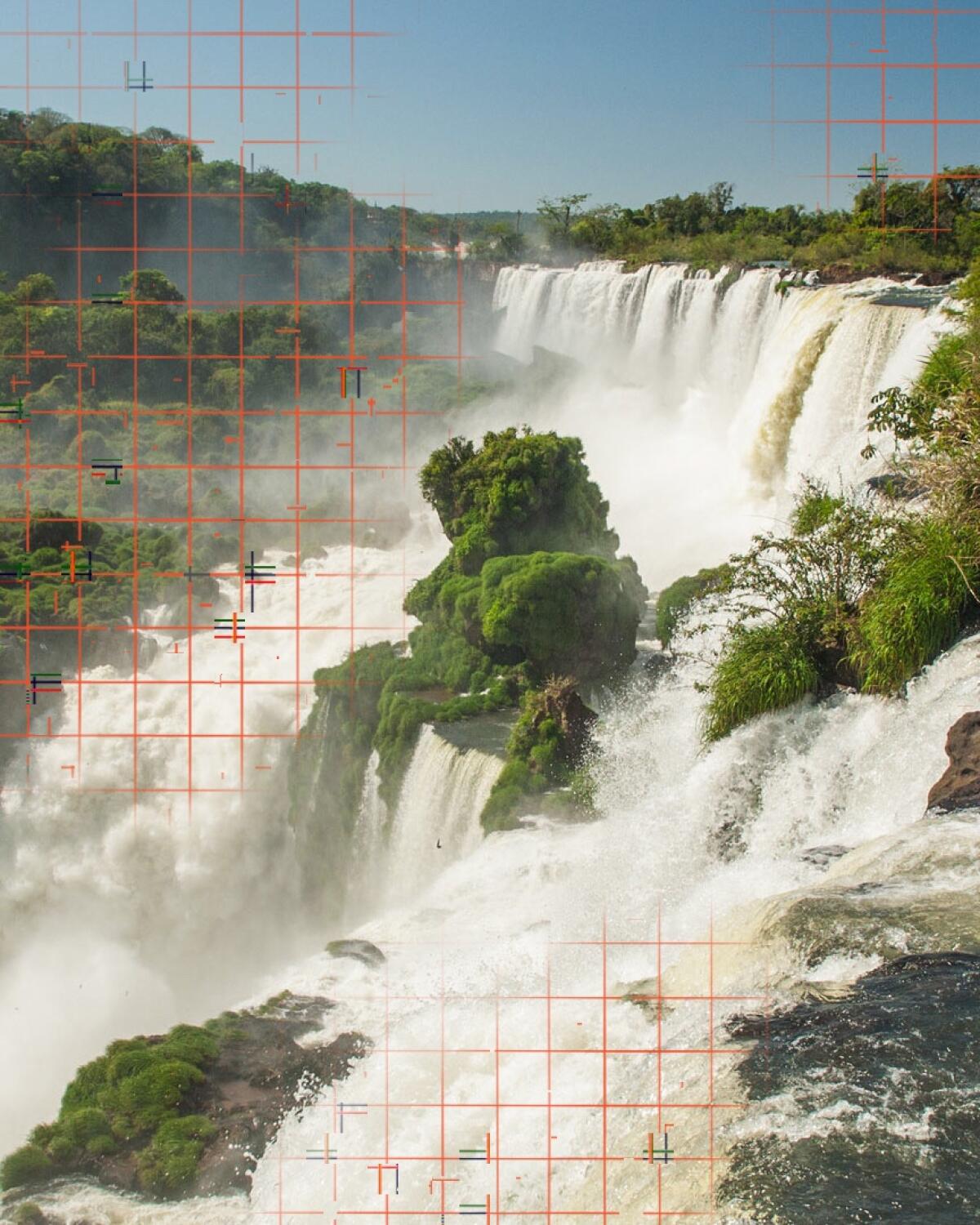
📸 Photo of the week
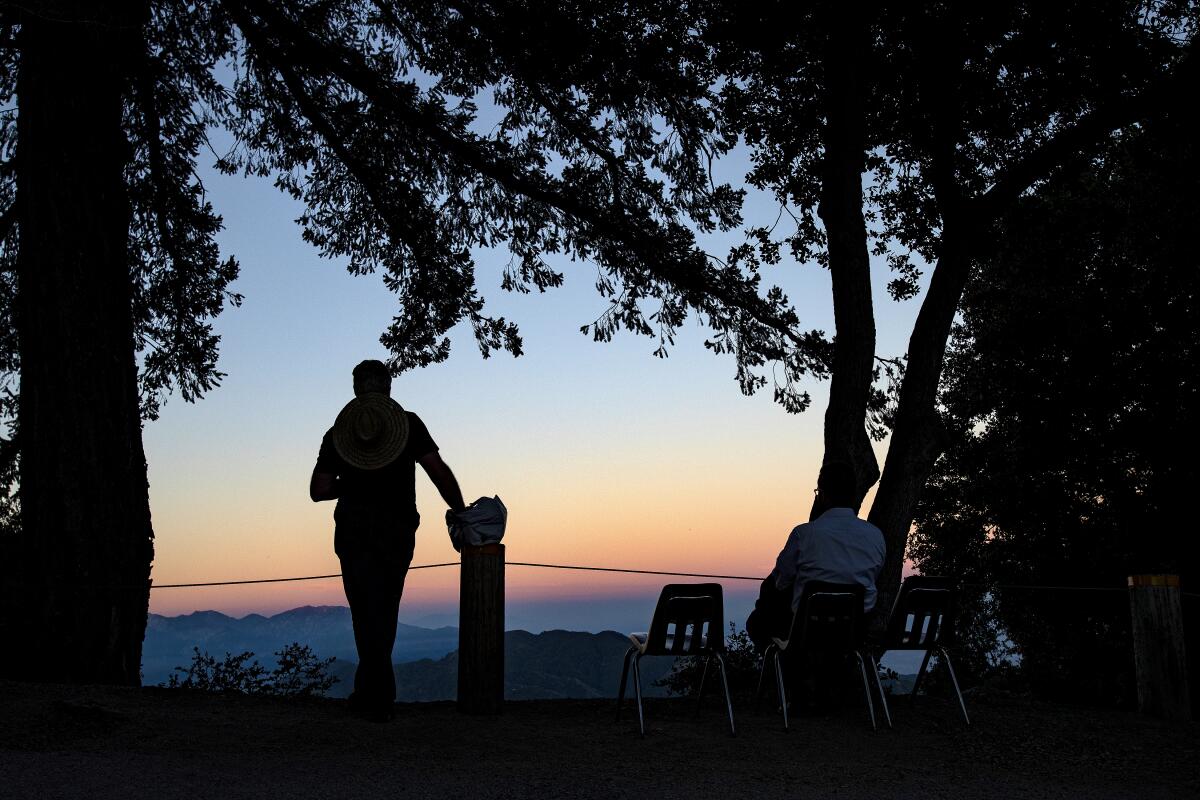
🎸 Road song
Weekends don’t feel quite the same one year into the pandemic, but you can take a blast to parties past with “Saturdays” by Twin Shadow, featuring Haim.
Until next week!
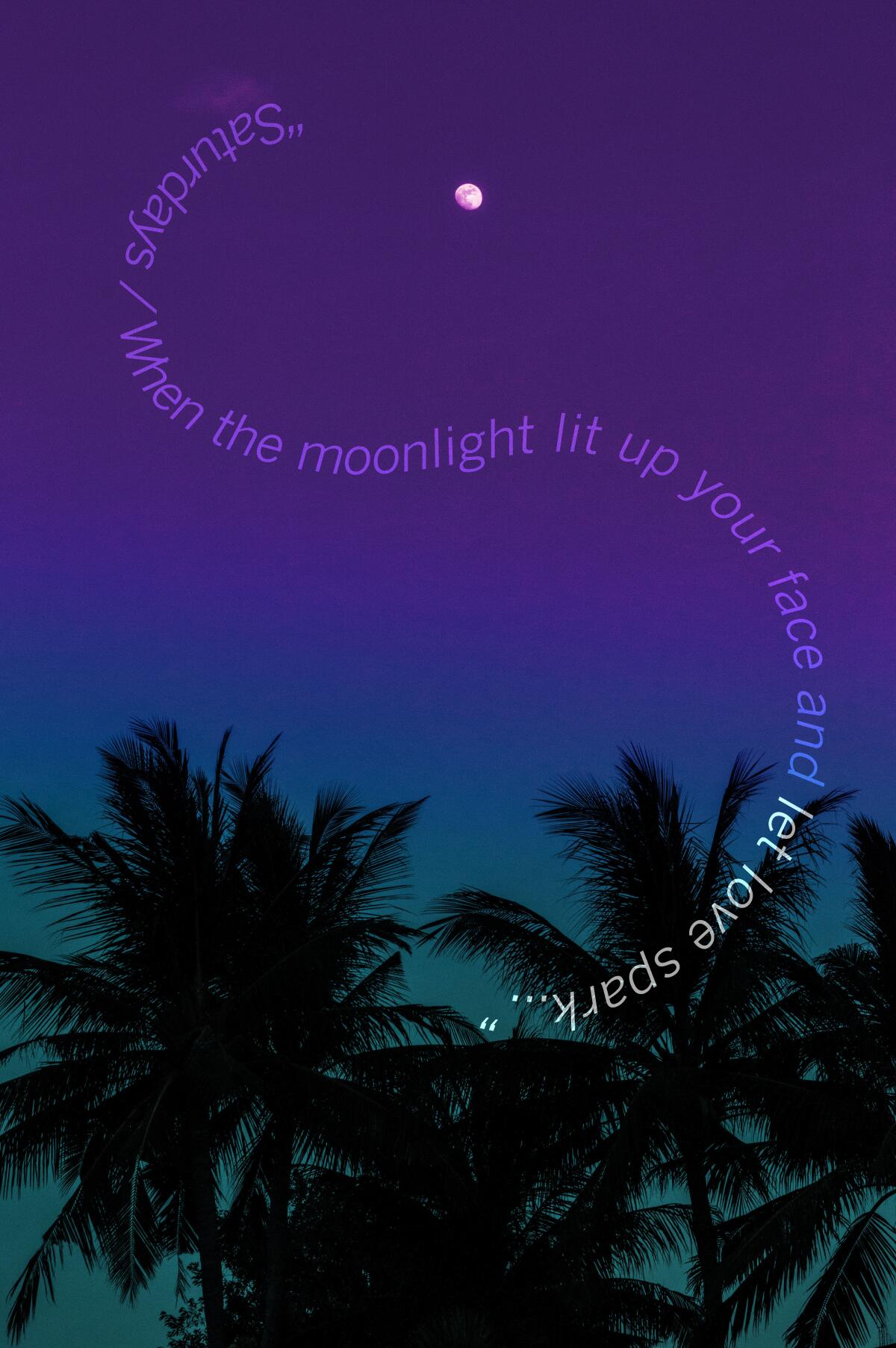
Sign up for The Wild
We’ll help you find the best places to hike, bike and run, as well as the perfect silent spots for meditation and yoga.
You may occasionally receive promotional content from the Los Angeles Times.




